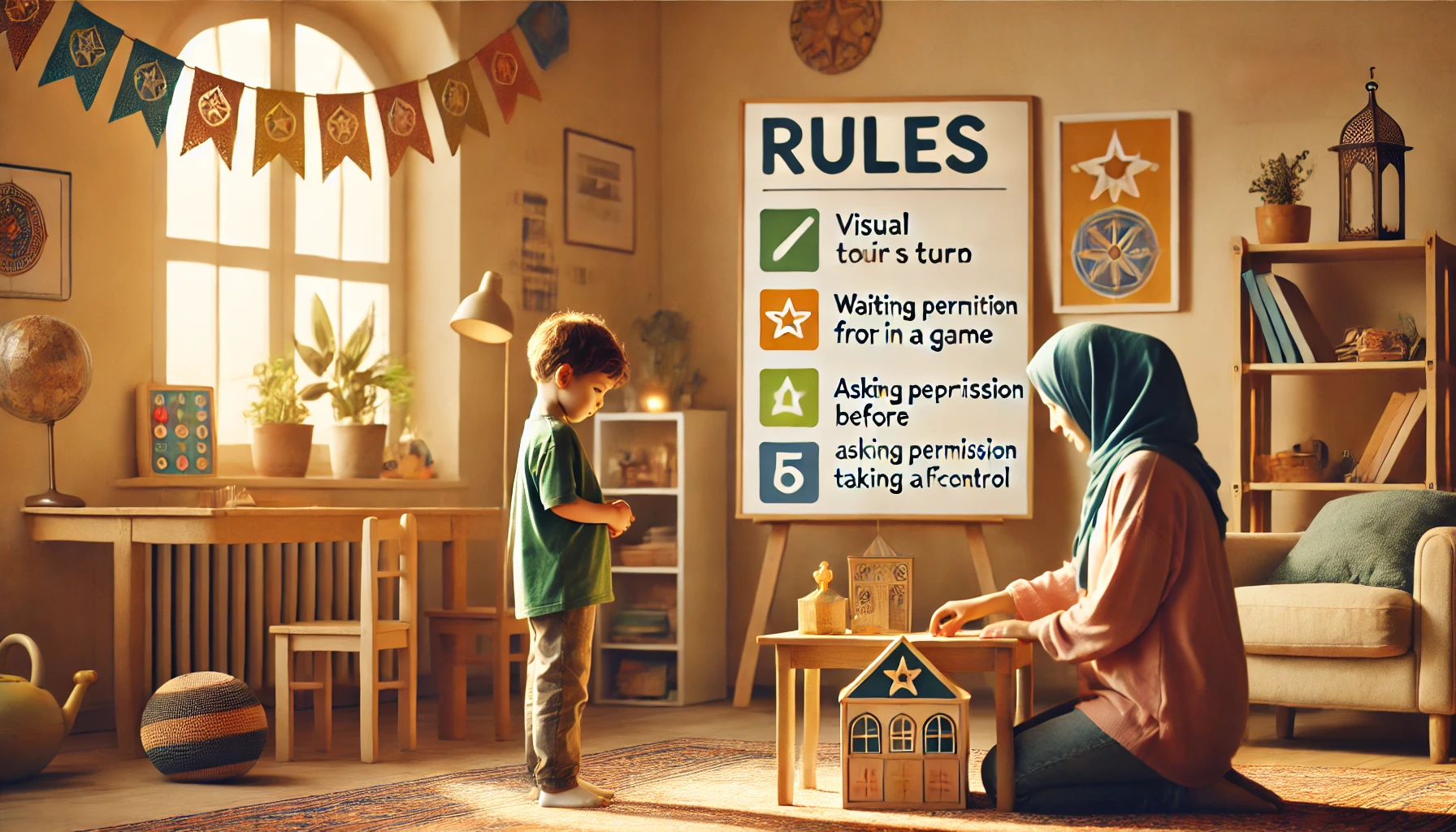How to Teach Young Children About Respecting Rules and Boundaries
Teaching young children to respect rules and boundaries helps them develop self-discipline, social awareness, and responsibility. Understanding limits helps kids feel safe, interact positively with others, and make better decisions. Parents can reinforce the importance of rules and boundaries through clear expectations, positive reinforcement, and real-life practice. In this article, we’ll explore practical ways to help children learn about respecting rules and boundaries.
Why Teaching Respect for Rules and Boundaries is Important
- Creates a sense of safety and structure – Helps children understand limits and expectations.
- Encourages self-control – Teaches kids to think before they act.
- Improves social skills – Helps children interact respectfully with others.
- Develops responsibility – Encourages kids to take ownership of their actions.
- Prepares for school and life – Builds habits that help in structured environments.
1. Explain Why Rules and Boundaries Exist
Children are more likely to follow rules when they understand their purpose.
Activity Idea:
- Instead of just saying “Don’t run inside,” explain “We walk inside to stay safe.”
- Use simple language: “Rules help keep us safe and happy.”
- Give relatable examples: “Just like a game has rules, we have family rules too.”
What Kids Learn:
- That rules have a reason, not just restrictions
- How boundaries help them and others
- The importance of following guidelines for safety and fairness
2. Set Clear and Consistent Rules
Children need simple, easy-to-follow rules to understand expectations.
Activity Idea:
- Create a family rules chart with pictures for younger children.
- Keep rules simple, such as “We speak kindly” and “We clean up our messes.”
- Use positive wording: “Walk inside” instead of “Don’t run.”
What Kids Learn:
- That clear rules make it easier to follow expectations
- How consistency helps them understand boundaries
- The importance of respecting rules in different places (home, school, public spaces)
3. Use Role-Playing to Practice Rules
Practicing rules in different situations helps kids remember and apply them.
Activity Idea:
- Act out how to wait in line, ask for permission, or follow playground rules.
- Use stuffed animals or puppets to show what happens when rules are broken or followed.
- Praise good rule-following behavior: “Great job waiting your turn!”
What Kids Learn:
- That rules apply in real-life situations
- How to follow social rules respectfully
- The importance of thinking before acting
4. Teach Children About Personal Boundaries
Understanding personal space and limits helps children build respectful relationships.
Activity Idea:
- Play a “personal space” game, showing different distances for family, friends, and strangers.
- Teach kids to ask, “Can I hug you?” before touching others.
- Use books or videos that explain personal boundaries and respect.
What Kids Learn:
- How to respect physical and emotional space
- That different people have different comfort levels
- The importance of asking permission before touching or borrowing things
5. Show That Rules Apply Everywhere
Teaching kids that different places have different rules helps them adapt.
Activity Idea:
- Compare home, school, and playground rules: “At home, we can talk loudly, but at the library, we use quiet voices.”
- Ask, “What are the rules at the park? At the grocery store?”
- Play a matching game where kids pair places with their specific rules.
What Kids Learn:
- How rules change depending on the situation
- The importance of respecting different environments
- How to adjust their behavior based on where they are
6. Use Positive Reinforcement for Good Behavior
Recognizing when children follow rules encourages them to keep doing it.
Activity Idea:
- Say, “I love how you remembered to put your shoes away!”
- Use a “Rule Follower” chart, where kids earn stickers for respecting rules.
- Let children experience the benefits of following rules (e.g., extra playtime for completing tasks).
What Kids Learn:
- That good behavior is appreciated and rewarded
- The importance of personal responsibility
- That respecting rules leads to positive outcomes
7. Teach Consequences of Breaking Rules
Understanding cause and effect helps children take rules more seriously.
Activity Idea:
- Instead of punishment, use natural consequences: “If you leave toys outside, they might get lost.”
- Role-play what happens when rules aren’t followed: “What happens if we don’t wait our turn?”
- Discuss how broken rules affect others: “How would you feel if someone didn’t share with you?”
What Kids Learn:
- That rules exist for a reason
- How actions have consequences
- The importance of respecting others through rule-following
8. Be a Role Model for Respecting Rules
Children learn best by watching how adults follow and respect rules.
Activity Idea:
- Follow your own rules, like buckling up in the car or saying “excuse me” when interrupting.
- Point out when you follow rules: “I’m waiting my turn in line, just like we practice.”
- If you break a rule, acknowledge it: “I forgot to put my phone away at dinner. I’ll fix that.”
What Kids Learn:
- That rules apply to everyone, not just kids
- How to take responsibility for actions
- The importance of leading by example
Final Thoughts
Teaching young children about respecting rules and boundaries helps them develop responsibility, self-control, and positive social habits. By setting clear expectations, using real-life practice, and reinforcing positive behavior, parents can guide children in understanding and following rules that will benefit them for a lifetime.
